Tips for Cooking with Kids
This post may contain affiliate links. Please read our disclosure policy
The other day, I saw a blog post featuring several creative ideas to keep your kids busy while you make dinner. There were lots of grateful comments from desperate moms that I think lots of us can identify with. Then there were a few of the “well, why don’t you welcome your child into the kitchen with you?” comments with an “if only you were a loving and kind mother who always cooked with your child like I do” vibe.
That kind of judgment and negativity gets no one anywhere.
It’s no secret that I spend a lot of time in the kitchen with my kids. Since the beginning, Sophie has been in the kitchen with me. During her most difficult phases of babyhood, she was usually calm in the kitchen, whether that was strapped to my chest in a carrier while I diced veggies or sitting in a bumbo or high chair close by.
I couldn’t have asked for a better kitchen buddy in Sophie. She has LOTS of interest in the kitchen, and gets really stressed out by mess from a sensory standpoint, so she is remarkably obedient, careful, and adept at cooking with me in the kitchen. There are few things she loves more than pulling up a chair to the counter to help me mix up anything from veggies to soup to cookies, and can identify over 3 dozen types of produce (including cilantro, basil, and parsley) by sight. Although cooking with her isn’t the fastest thing, it’s usually a pretty pleasant thing.
Enter: child two. Milo has some interest in the helping and cooking. He also has a flighty attention span and almost no listening skills in the kitchen. He’ll fling a cup of oats across the kitchen in 2 seconds and try to drink the vanilla when you’re reaching for a measuring spoon. He’ll drop eggs on the floor one by one to watch them explode and add a little dish soap to your muffin batter.
All that to say I GET IT.
Cooking with kids isn’t always an idyllic experience, where you’re all pleasantly assembling a vegetable soufflé from the organic vegetables you’ve cultivated from heirloom seeds in your backyard. In fact, it’s never that way at our house (we don’t have a garden, and very few of our kitchen experiences are idyllic). Kids get in the way. Surprise ingredients are added to your meal. Messes are made. It takes longer.
Still, I’ve found that inviting my kids into the kitchen with me is sometimes just plain easier than trying to shoo everyone out of it every three seconds while I throw dinner together. Getting them involved helps them have some investment in the meal (even if it’s just practicing seeing, touching, or tasting new foods). It’s also just a great way to eat up some time during long afternoons when the last few hours till daddy comes home feel like seventeen hours.
Here are a few of the ways I’ve gotten my kids involved in the kitchen:
1. Cutting and Spreading –
Use a butter knife or a plastic knife, and (with supervision) these are pretty safe tasks. Bananas, watermelon, mushrooms, and cantaloupe slice really easily. Or, practice slicing bread or toast in half. Sophie can be safely trusted with all of these jobs. Milo is only just starting to get a turn “slicing” over-ripe bananas for banana bread.
Another skill is to practice things that will eventually lead to independence. Spreading butter or jam on toast, opening and closing jars of nut butter, or even just putting things back in their proper place will all lead to independence.
2. Prepping and Peeling –
Removing grapes from stems or leafy stems from strawberries, peeling bananas, scrubbing potatoes, or counting out a certain number of carrots are all great, easy tasks.
We use a fruit and veggie wash on some of our produce, and Sophie loves getting to spray and wash. I let her do her thing, then usually give everything one more quick rinse before I continue prepping just to be sure we’ve gotten everything properly clean.
You can also set a child up with a salad spinner and some washed veggies. Wash lettuce, herbs, or even things like carrots and bell peppers. Put them in the salad spinner and let them go to town. We have a super cheap (like $2) salad spinner from IKEA and it takes a lot of concentration.
3. Mashing and Mixing –
Mashing is a really rewarding activity visually and physically. It takes concentration, core stabilization, and lots of muscular coordination to mash. We go for bananas (for banana bread) or potatoes (be sure they’re not too hot!).
As far as mixing goes, my biggest tip is that the smaller your child is, the larger the bowl should be. There will be less sloshing, and they’ll be better able to maintain control of the bowl.
4. Meaningless Tasks –
I use this tactic to keep everyone busy while I do something dangerous (sear something in a skillet) or if I’m doing something that they can’t help with (like supreming a grapefruit, or handling raw meat).
Sort the produce by color. Arrange the carrots biggest to smallest or create letter shapes with vegetables. Stir some water. Transfer all the chopped veggies from one bowl to another using salad tongs. Whatever it takes.
For Milo, this is sometimes handing him a bowl with some kitchen scraps (veggie peels, etc.) and letting him stir and mix to his heart’s content on the floor while Sophie and I finish what we’re doing at the counter.
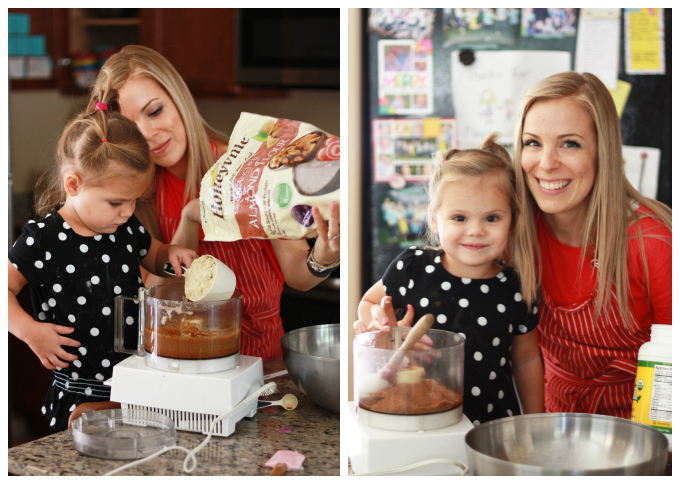
5. Counting and Measuring –
If they’re still too messy or uncoordinated to scoop things like flour, have them count how many scoops or cups of liquid you need. I’ll sometimes purposely use a smaller measuring cup than I need (say, 1/4 cup) so that we have more scoops to count.
Another strategy I use is to hand Milo a large measuring cup and fill it up for him with a smaller scoop or a Tablespoon. He can still dump everything into the mixing bowl, and we’re spared a lot of mess.
6. Pushing buttons –
My little ones both get a LOT of joy out of turning the blender or food processor on or off. I’m always there with them, and we have a “1-2-3” rule where you must announce what you’re doing before your do it. If someone starts counting to 3 and I’m not ready, I can say “oops! Not yet! We still need to add ___” or “Mom needs to put the lid on.”
My kids also love adding things to a mixer or food processor. When we made a lot of banana bread, Sophie loved dropping the little cubes of butter into the mixer.
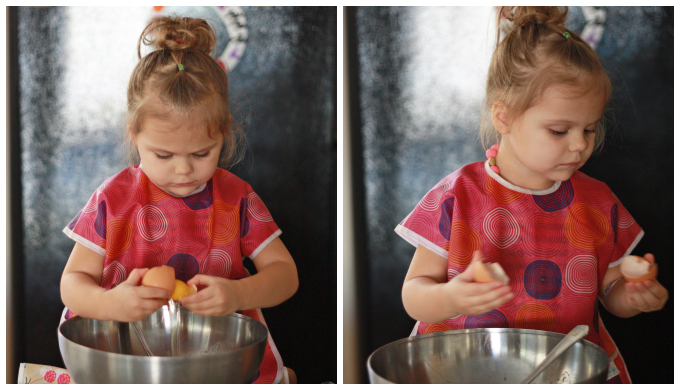
7. Cracking eggs –
When learning to crack eggs, plan to crack them into a smaller bowl and then transfer them to your mixing bowl. This way, all shells can be removed easily. I also put out a little dish for Sophie to put egg shells in and a little paper towel or wash cloth for her to wipe her hands on. Sophie’s good enough now that she can crack right into the mixing bowl. Milo will be doing the small bowl thing for a while.
8. Pick something forgivable.
I really recommend starting with recipes that don’t need exact precision. Smoothies, popsicles, granola, and banana bread are all pretty forgiving.
Another favorite is to have everyone help me drizzle olive oil and stir a big bowl of chopped veggies that I’ll roast later or that I’ll add to a soup.
Or, practice things like putting together one component of a snack or meal. Let them cut up a banana or make their own trail mix.
A note on the stress and mess –
Plan on mess. Cooking with little ones IS messy. It WILL be messier and take longer than doing it yourself. I invite kids into the kitchen with me when we have time for this rather than a night when I have to pull together a super-quick dinner in between activities. I’m more patient, and I’m able to let them take their time, which keeps me from feeling snippy and them from feeling rushed and chastised every few minutes.
Make it easier on yourself. We’ve established a “wash your hands before you help” and a “you must be wearing a bib or apron to help” rule. If they break the rule, they’re done helping till it gets sorted out. We’ve spared a lot of extra laundry this way.
You can also try putting down a plastic placemat under the mixing bowl you’re working with. If they spill flour over the side of the bowl, you can pick up the placemat and shake it back in. You can also rinse it off easily afterward!
Try a project between meals. If we don’t have therapy, we might mix up a batch of muffins mid-morning and eat some with our lunch. After nap/quiet time, we might stir up some granola or put together trail mix for snack. After dinner, we might work on some banana bread. It removes the time pressure and helps me be patient.
I want to re-emphasize the fact that my children and I don’t cook three meals together every day. In my opinion, cooking with your kids doesn’t make you a good or bad mother. Cooking is something I enjoy and that Sophie really enjoys. It helps keep her calm and that helps keep our house calm. I have the opposite experience with Milo. I do get frustrated. I do wish there was less mess. This is absolutely a learning process, but one we’re working on.
What are YOUR best tips for cooking with kids?
For more fun ideas to get kids in the kitchen, check out this post!


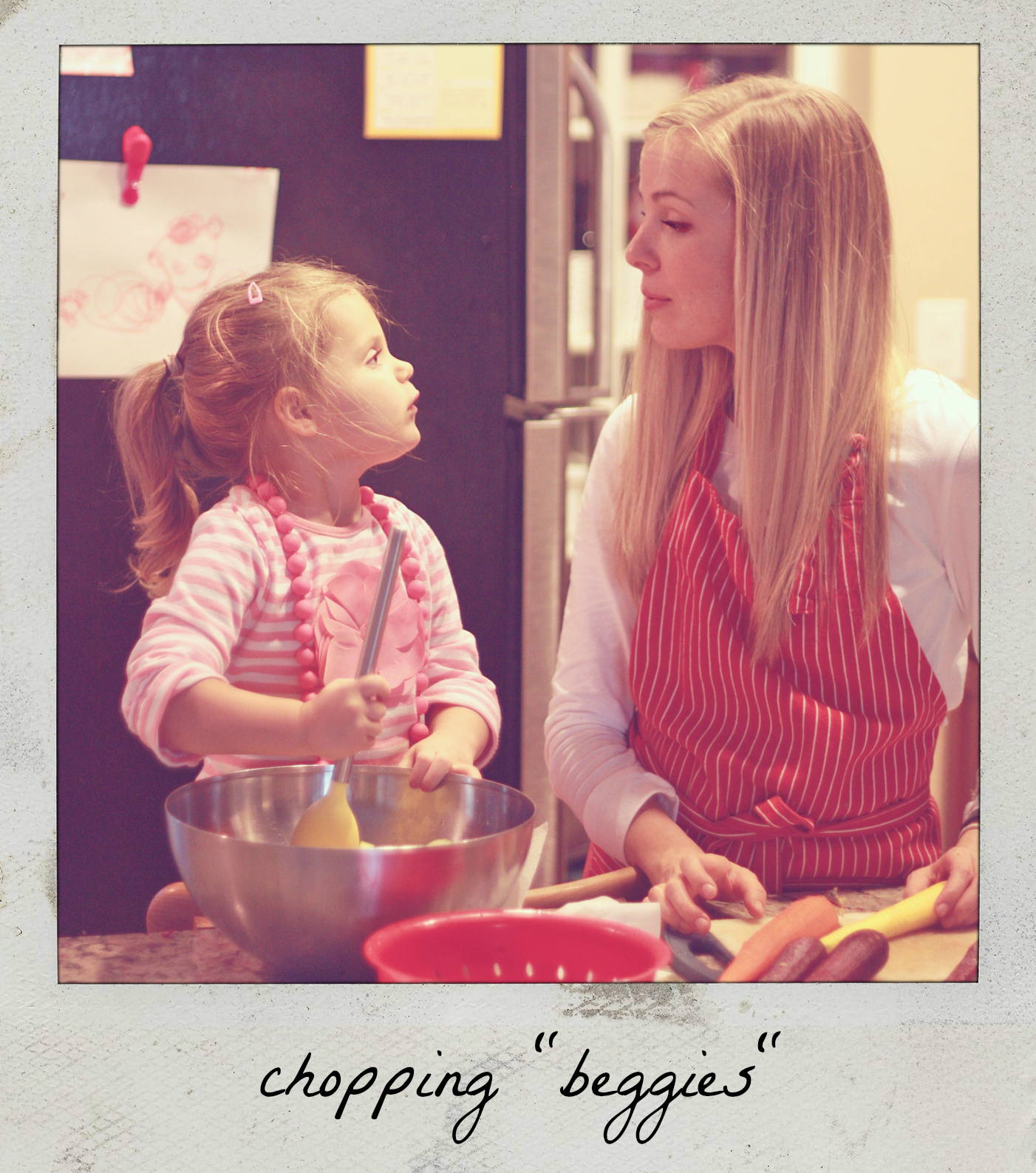
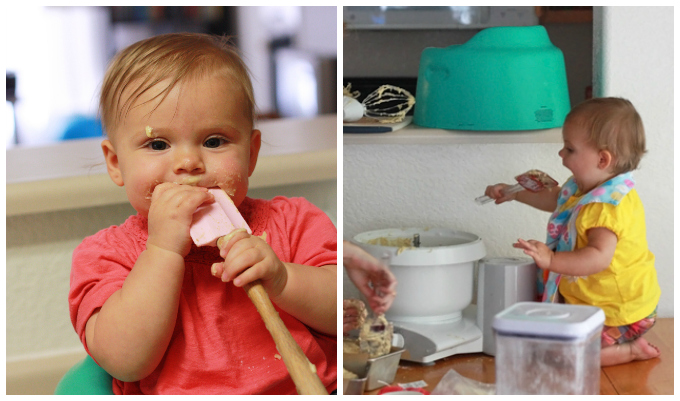
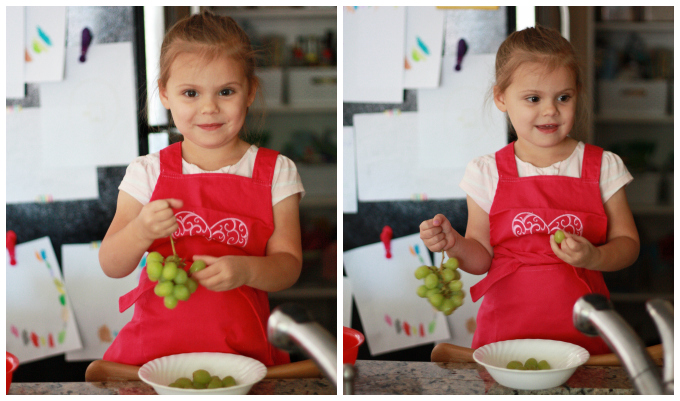
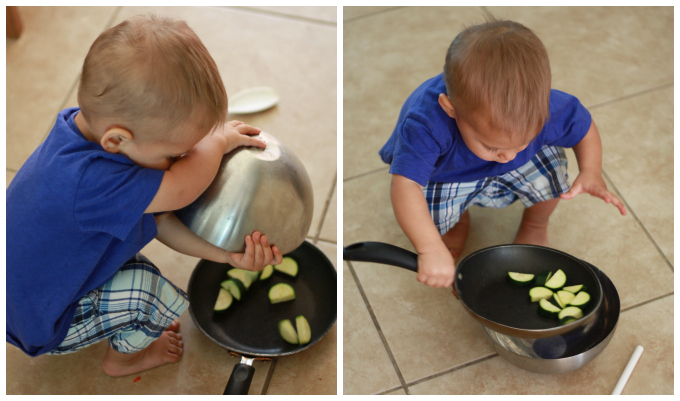


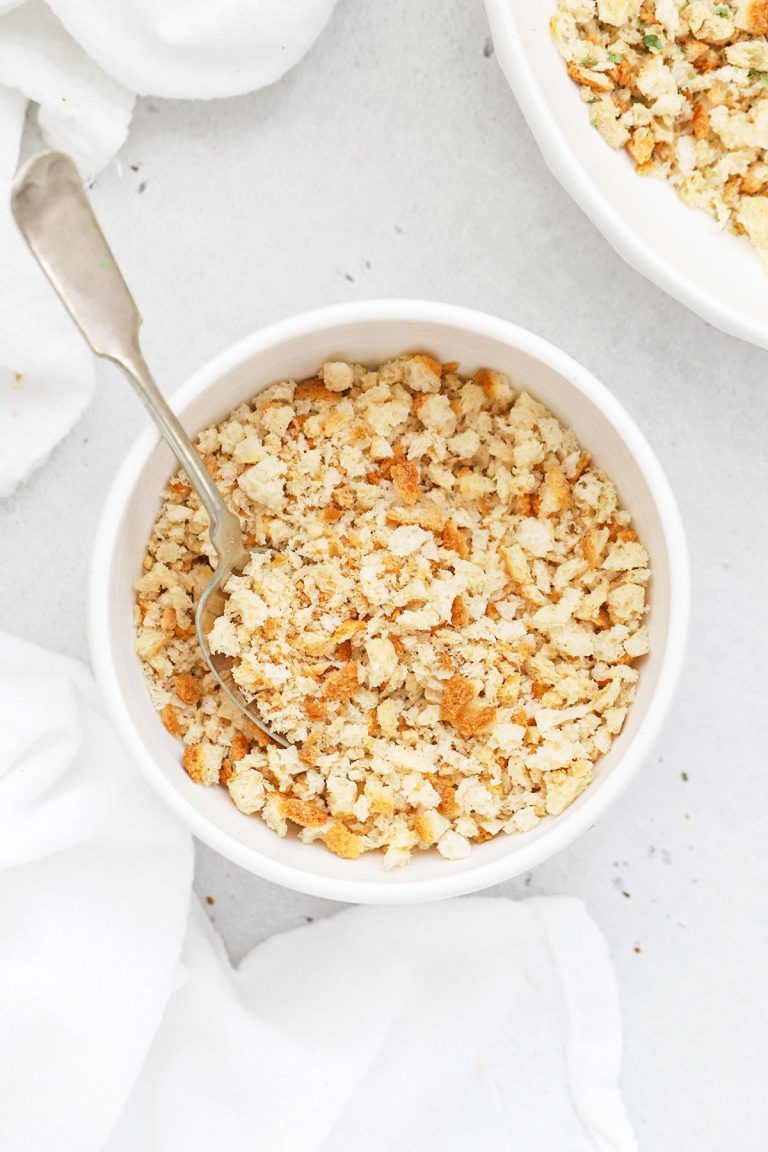
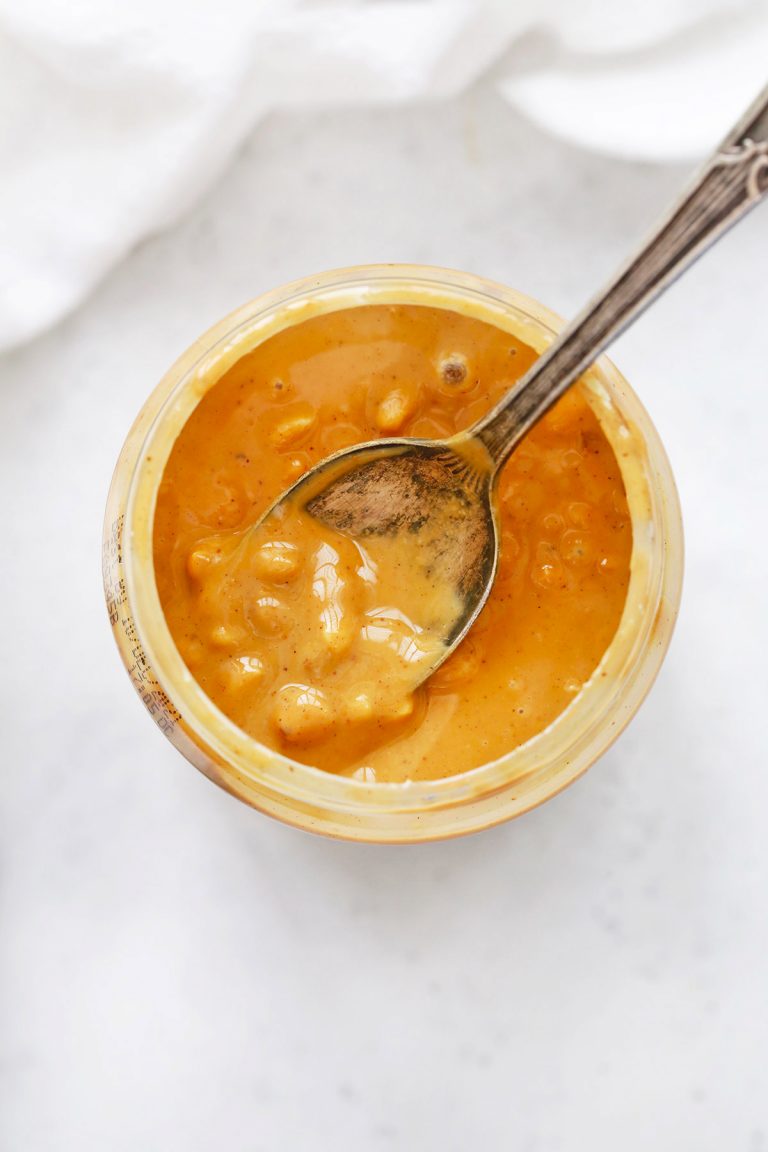
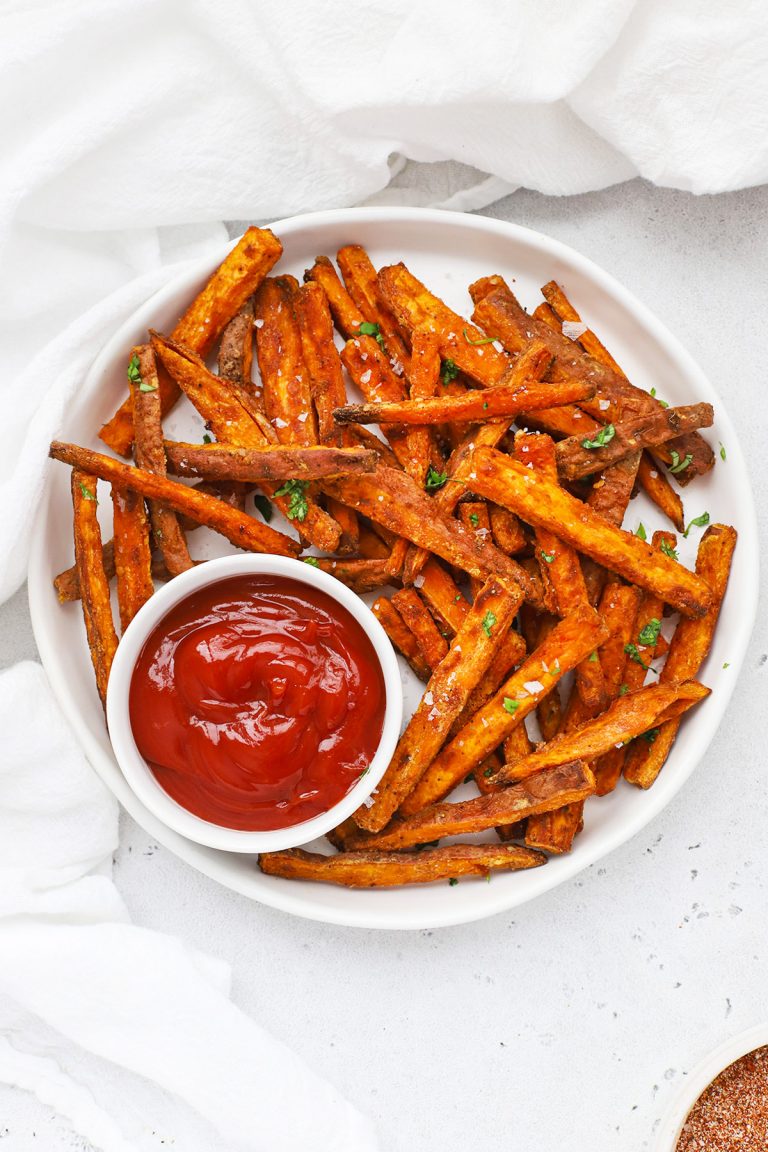
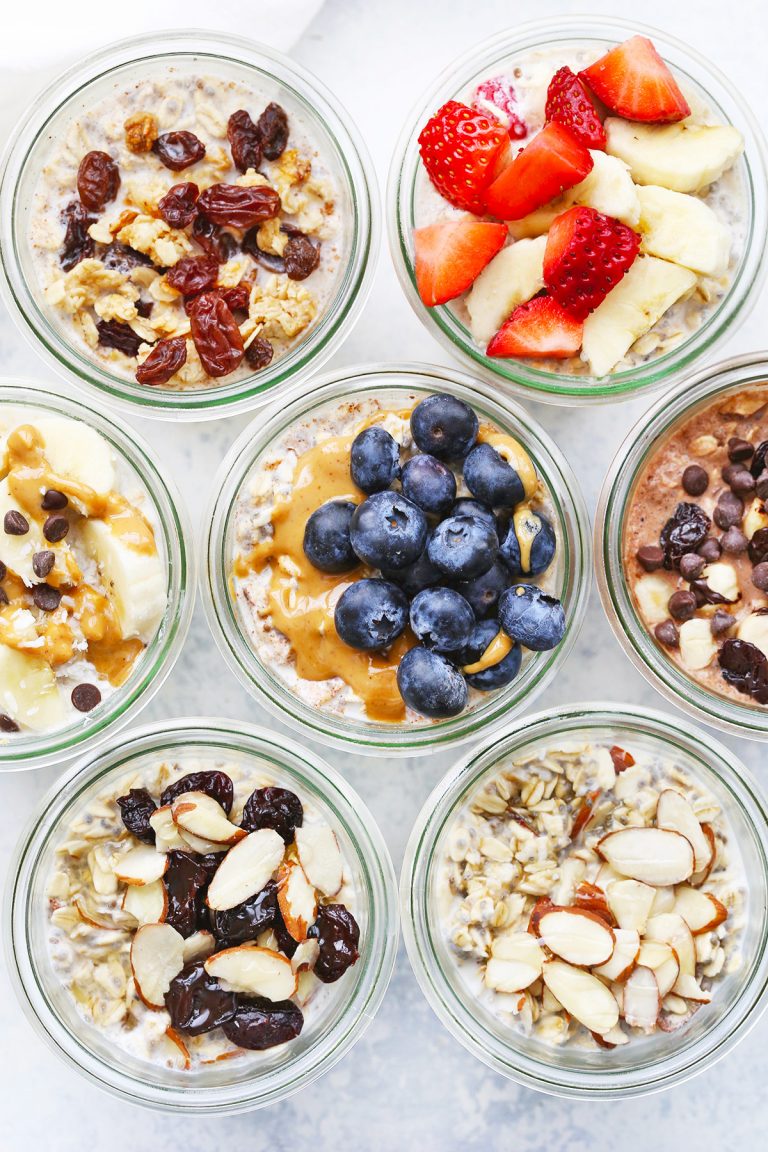
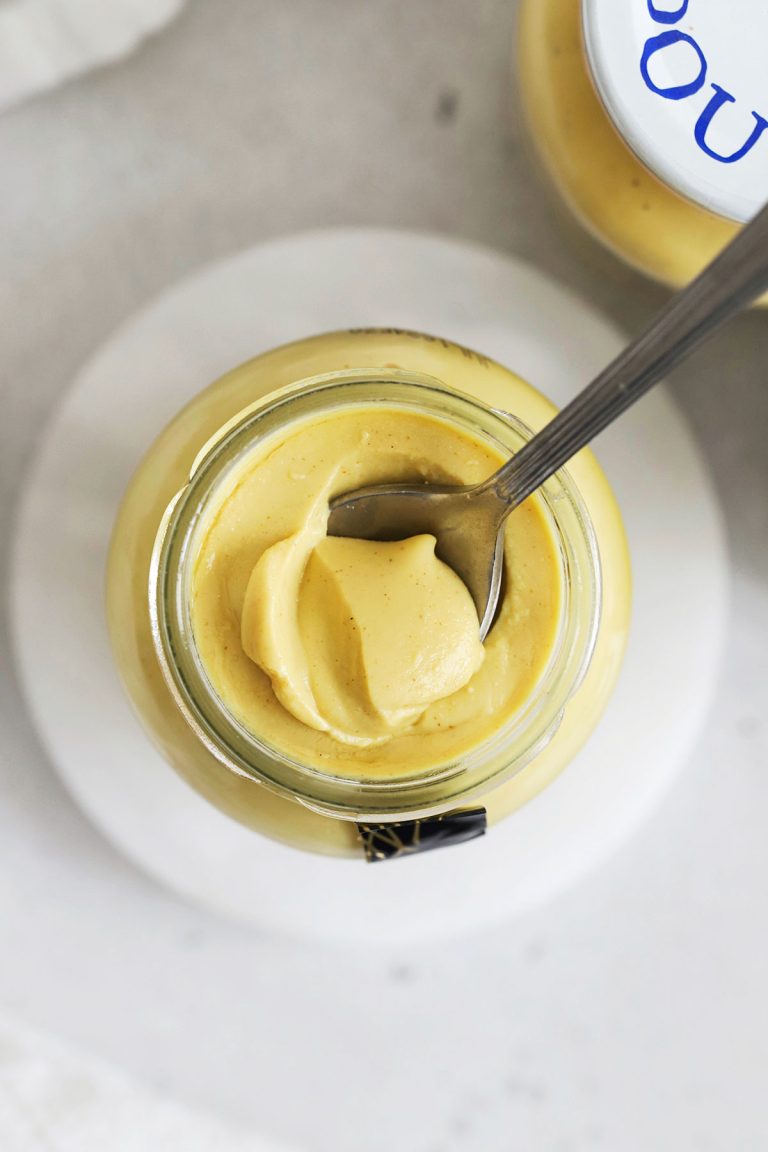
I love these tips! My little guy loves helping to make his breakfast every morning (usually putting all the spinach in his eggs), and I swear he eats so much better because he has ownership of what he’s made!
I literally laughed out loud as I read this. You are SO patient and I love that you include the babes in the kitchen. But the part that said “Give them meaningless tasks” made me weep. I just picture those determined faces stirring that water with so much concentration! SO PERFECT!
So many great tips and ideas! Thanks for sharing!
Kate
http://www.lamiabellavita.com